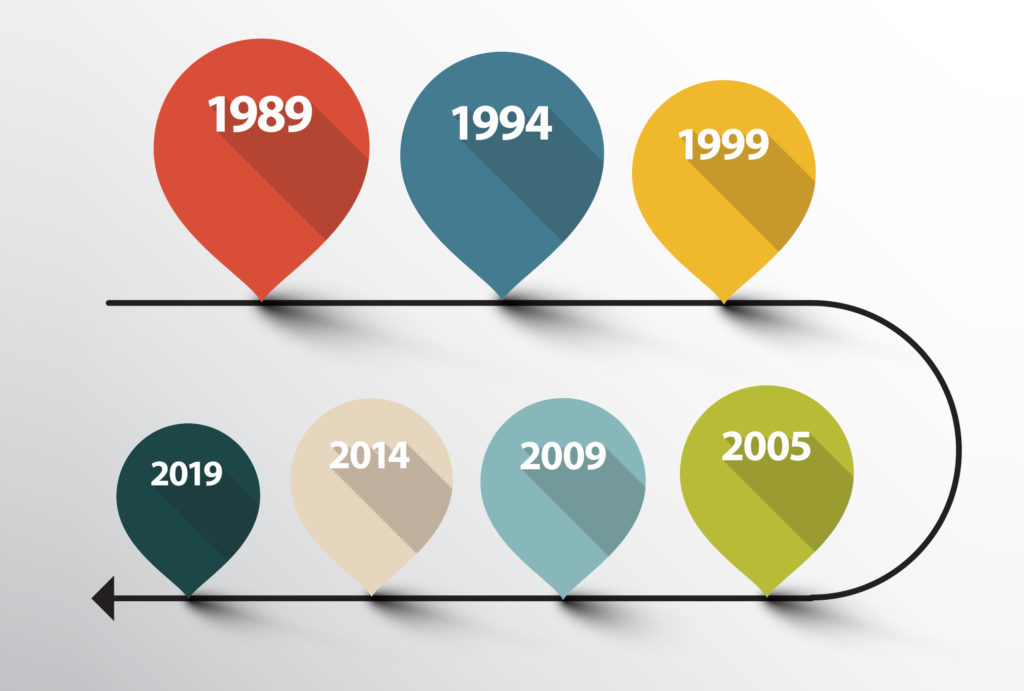A Bit of OOH History

Out of Home advertising has come along ways since the beginning of its time.
Ongoing innovation in the outdoor industry has led to larger billboard sizes, changes in the materials being used, as well as upgrades in technology, such as improved mechanical components and display capabilities. Innovations in the lighting industry helped billboards to be seen at night in a much more attractive and effective way.
Despite the rise of radio, tv and the internet, out of home advertising remains stronger than ever. Billboard companies succeeded by maintaining their position as a strong marketing option. We now see billboard advertising in the forms of posters, LED screens, bulletins, street and taxi ads, and wallscapes throughout our cities.
The journey of billboards through the years:
1989: United States code limits outdoor advertising to interstate and primary highways. Tobacco ads became very popular, targeting low-income communities.
1994: Baltimore became the first city to pass legislation to outlaw cigarette and liquor billboards.
1999: Tobacco billboards across the United States are banned in many states. In their place went anti-smoking messages.
2005: The first digital billboards were installed. Now advertisers have the ability to change the ads more often and remotely.
2009: Billboards switched from paper to plastic.
2014: Digital Out of Home sees huge growth.
2019: Big brands embrace OOH, including Facebook, Google and Apple. Voice marketing maybe a new channel and audio advertising is a consideration.

